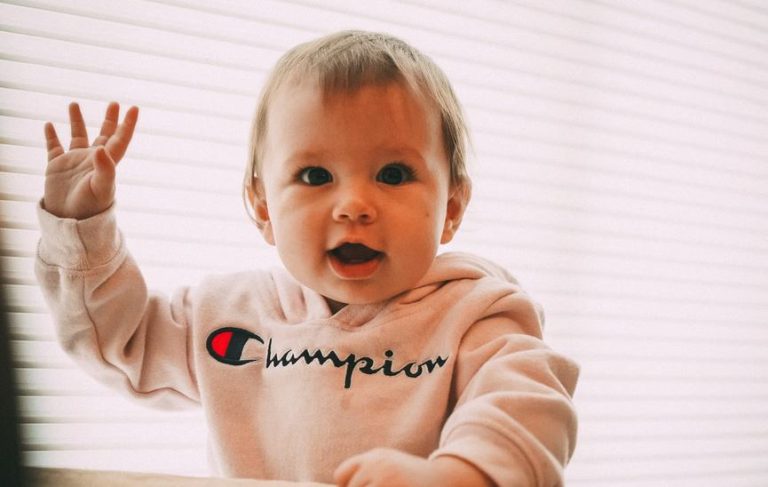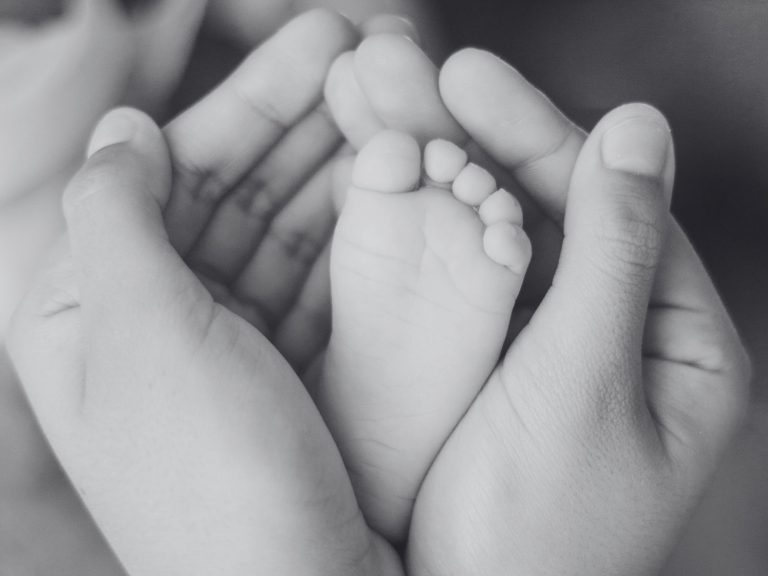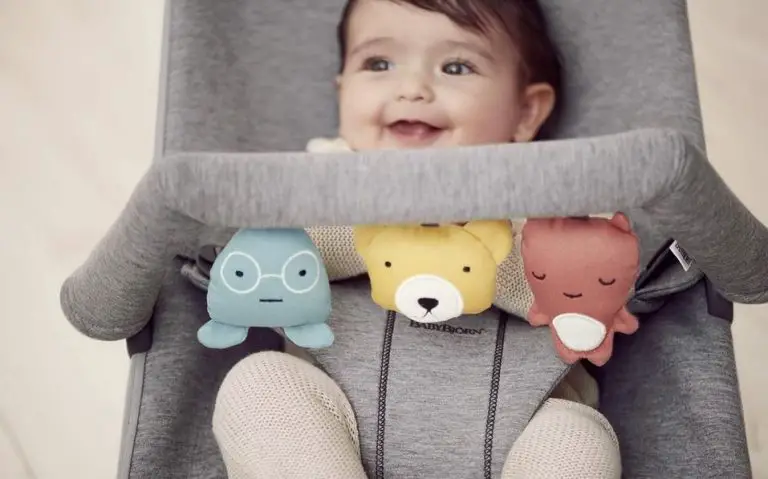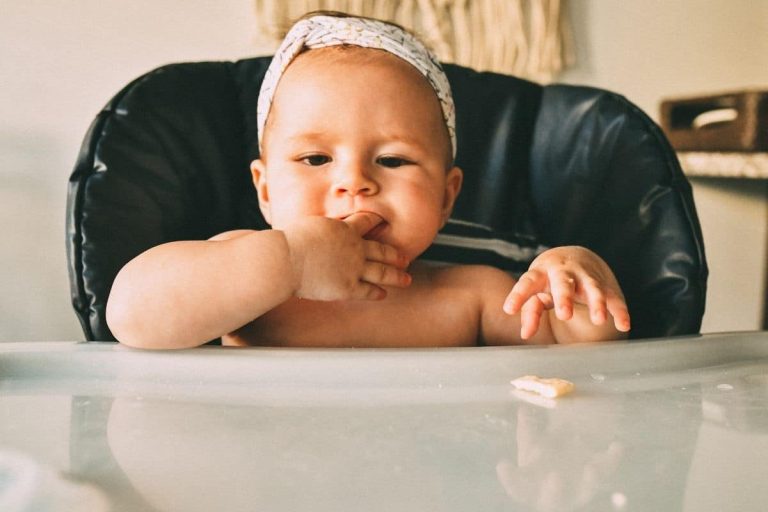How To Dress Your Newborn For Different Weather Conditions
Dressing your baby appropriately for different temperatures and weather patterns can be a daunting task, but with some knowledge and guidance, you can ensure that your little one is always cozy and content.
Understanding your baby’s needs is crucial when it comes to dressing them for various weather conditions. Newborns are not able to regulate their body temperature as well as adults do, so it’s essential to dress them in layers that can easily be added or removed depending on the temperature.
Note: This post may contain affiliate links, which means if you buy from my link I might make a small commission. This does not affect the price you pay. See the full affiliate disclosure here.
In this article, we will guide you through how to dress your newborn for hot weather, cold weather, rainy days, and transitional periods. With our tips and tricks, you’ll be equipped with the knowledge necessary to keep your baby comfortable no matter what Mother Nature has in store.

Understanding Your Baby’s Needs
Knowing what your little one needs is essential for keeping them comfortable in any climate. Newborn clothing essentials vary depending on the weather conditions, and it’s important to know what fabrics and materials are best suited for specific temperatures.
When dressing your newborn, you want to prioritize their comfort and safety above all else. Selecting the right fabric is crucial when dressing your newborn for different weather conditions. In colder weather, you’ll want to dress them in layers using warm fabrics like fleece or wool. For warmer weather, breathable cotton or bamboo fabrics will help keep them cool and comfortable.
It’s also important to consider the fit of their clothes – avoid anything too tight or restrictive that could make movement difficult for them. By selecting the right fabric and fit, you can help ensure that your little one stays cozy and content no matter where you go or what Mother Nature has in store.
Dressing Your Baby for Hot Weather
When it’s scorching outside, keeping your newborn cool and comfortable is essential. The first step is to dress them in breathable fabrics such as cotton or bamboo. These materials allow air to circulate around your baby’s skin, preventing overheating and reducing the risk of heat rash.
Another important consideration is sun protection. While it’s best to keep your baby out of direct sunlight altogether, if you do need to go outside, make sure they are wearing a hat with a wide brim and lightweight clothing that covers their arms and legs.
You can also use a gentle sunscreen on any exposed skin, but be sure to choose one that is specifically formulated for babies and avoid applying it near their eyes or mouth.
By following these simple tips, you can help ensure that your little one stays safe and comfortable even on the hottest days of the year.
Dressing Your Baby for Cold Weather
To keep your little one warm and snug during chilly days, you’ll want to layer up with soft fabrics that provide insulation without being too bulky. Here are some layering tips to help you dress your baby for cold weather:
- Start with a thin, moisture-wicking base layer made of materials like cotton or wool.
- Add a middle layer of fleece or flannel for extra warmth.
- Finish with a thicker outer layer, such as a down jacket or puffer vest, that shields against wind and snow.
Don’t forget to cover extremities like hands, feet, and head with hats, mittens, and booties. Avoid dressing your baby in heavy coats while in the car seat – instead use blankets over the harness.
Choosing appropriate fabrics is also important when dressing your baby for cold weather. Opt for natural materials like cotton and wool which allow their skin to breathe while keeping them warm. Stay away from synthetic materials that can trap heat and cause overheating.
Additionally, make sure any clothing items are free from loose threads or buttons that could pose a choking hazard. With these tips in mind, you can ensure your little one stays cozy during the colder months.

Dressing Your Baby for Rainy Weather
When it comes to dressing your baby for rainy weather, there are a few key points to keep in mind. First and foremost, you’ll want to invest in waterproof clothing that will keep your little one dry and protected from the rain.
Additionally, it’s important to take steps to protect against cold and wind by layering appropriately. Finally, be sure to avoid wetness and chafing by keeping your baby’s skin as dry as possible throughout their time outside.
With these tips in mind, you can help ensure that your baby stays safe and comfortable even when the weather turns wet and rainy.
Waterproof Clothing
Stay dry in wet weather with waterproof clothes! When it comes to dressing your newborn for rainy days, investing in waterproof clothing is a smart choice. Not only does it keep them dry, but it also helps to regulate their body temperature.
Here are some tips for choosing and using waterproof clothing for your little one:
- Look for breathable materials such as Gore-Tex or polyurethane-coated nylon that repel water while allowing air to circulate.
- Layer effectively by starting with a moisture-wicking base layer followed by a waterproof outer layer. This helps to prevent moisture from getting trapped against your baby’s skin.
- Consider investing in a rain cover for your stroller or carrier to provide an extra layer of protection.
- By following these simple tips, you can ensure that your baby stays comfortable and dry even on the dreariest of days.
Remember, keeping them warm and cozy isn’t just about comfort – it’s also about protecting their health and well-being.
Protecting Against Cold and Wind
Bundle up your little one with warm and cozy clothing to protect them from the cold and wind. When it comes to dressing your newborn for colder temperatures, layering is key.
Start with a base layer of breathable fabric such as cotton or bamboo that will keep them dry from any sweat or moisture. Layer on top of this with a warmer layer such as fleece or wool, which will provide insulation to keep them warm.
When selecting appropriate fabrics, avoid anything that could cause irritation to their sensitive skin such as synthetic materials. Instead, opt for softer natural fibers like cotton and wool. It’s also important to pay attention to the fit of their clothing – make sure it’s not too tight or too loose as this can affect their body temperature regulation.
By following these layering tips and selecting appropriate fabrics, you can ensure your little one stays comfortable and protected against the cold and wind.
| Warmth Level | Recommended Clothing |
|---|---|
| ———– | —————— |
| Mild weather (50-60°F) | Long-sleeve onesie, pants, socks |
| Cool weather (40-50°F) | Base layer + sweater/cardigan, hat, mittens |
| Cold weather (below 40°F) | Base layer + thicker sweater/jacket/coat over top, hat covering ears, scarf/balaclava covering face |
This table provides an easy-to-follow guide on how to dress your newborn based on the warmth level outside. As a parent or caregiver, it can be overwhelming trying to figure out what clothing is best for different weather conditions but having a clear chart like this can alleviate some stress and give you confidence in keeping your little one warm and protected during colder months.
Remember that every baby is different so use this chart as a starting point but always trust your instincts when it comes to keeping your newborn comfortable in changing temperatures.
Avoiding Wetness and Chafing
To keep your little one cozy and happy during colder months, it’s important to avoid wetness and chafing. This can be achieved by selecting appropriate fabrics and ensuring a comfortable fit. Preventing irritation is crucial for the delicate skin of newborns.
Here are some tips to avoid wetness and chafing:
- Choose natural fibers such as cotton or wool. These materials allow the skin to breathe while keeping your baby dry. Avoid synthetic fabrics that can trap moisture against the skin.
- Use a diaper cream. A good quality diaper cream creates a barrier between the diaper and your baby’s skin, preventing moisture from causing irritation.
- Invest in high-quality, well-fitted diapers. Diapers that are too tight or too loose can cause friction on delicate skin leading to chafing.
By following these simple tips, you can ensure that your little one stays warm, dry, and comfortable during cold weather while avoiding any discomfort caused by wetness or chafing. Remember to always choose fabrics that are gentle on their sensitive skin and pay attention to any signs of irritation so you can adjust accordingly.

Dressing Your Baby for Transitional Weather
You’ll want to keep in mind that the temperature can change rapidly during transitional weather, so it’s important to have layers ready for your little one. Start with a soft onesie as a base layer and then add a lightweight shirt or sweater on top. Make sure the fabrics are appropriate for the weather.
Cotton is perfect for mild days while wool and fleece are great for colder temperatures. When going outside, don’t forget to add a windbreaker or rain jacket to protect your baby from sudden gusts of wind or rain showers. You can also put them in a hat or beanie to keep their head warm.
Lastly, check on your baby frequently throughout the day and adjust their clothing accordingly. Remember, dressing your newborn during transitional weather requires some thoughtfulness but with these layering tips and appropriate fabrics, you’ll be prepared for any sudden changes in temperature!
Conclusion
By understanding their needs and using appropriate clothing, you can ensure your baby stays comfortable and healthy no matter what the forecast says.
When it’s hot outside, remember to dress your baby in lightweight, breathable fabrics such as cotton or bamboo. Avoid overdressing them and keep them hydrated throughout the day.
On the other hand, when it’s cold, layering is key. Use warm materials like fleece or wool and always cover their head and hands to prevent heat loss.
And when it’s rainy outside, don’t forget a waterproof jacket and boots to keep them dry.
Finally, during transitional weather periods like spring or fall, be flexible with your dressing choices. Check the temperature frequently and adjust accordingly. Remember that babies may get colder faster than adults so don’t hesitate to add an extra layer if needed.
Overall, dressing your newborn for different weather conditions requires a bit of planning but will pay off in keeping them comfortable and happy. As a caregiver, you hold the responsibility of ensuring they are always appropriately dressed for any situation – use this knowledge wisely!






